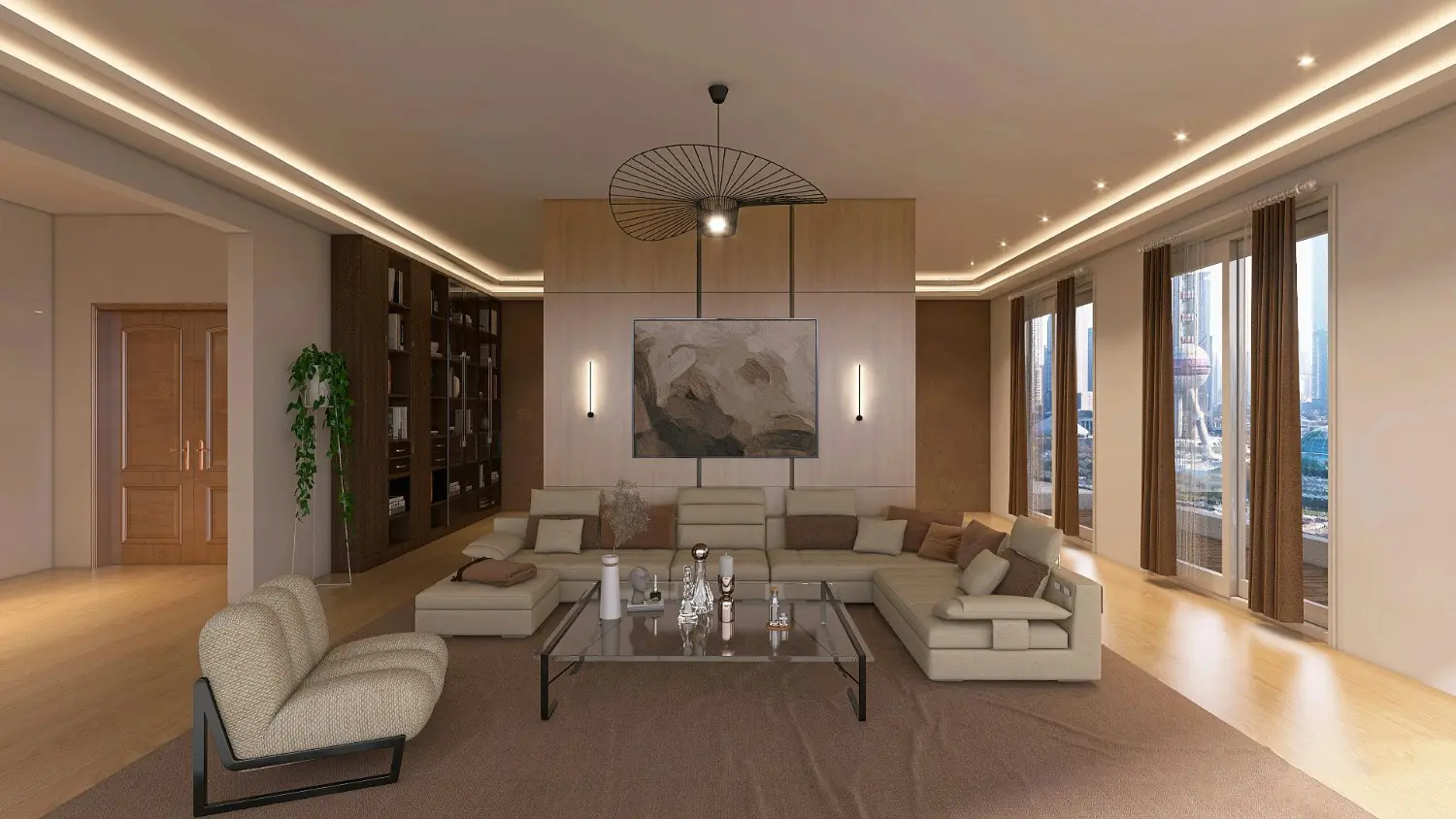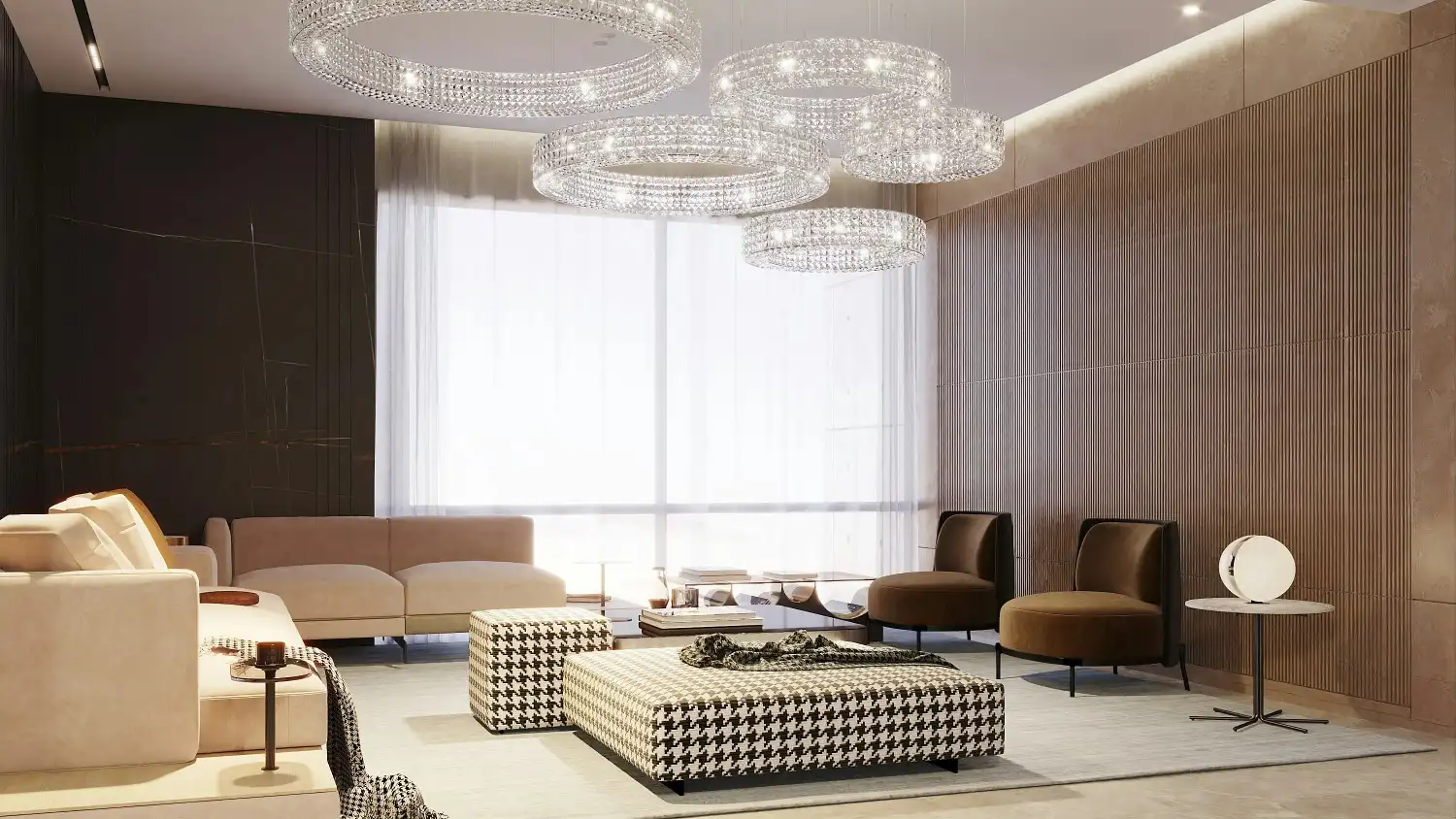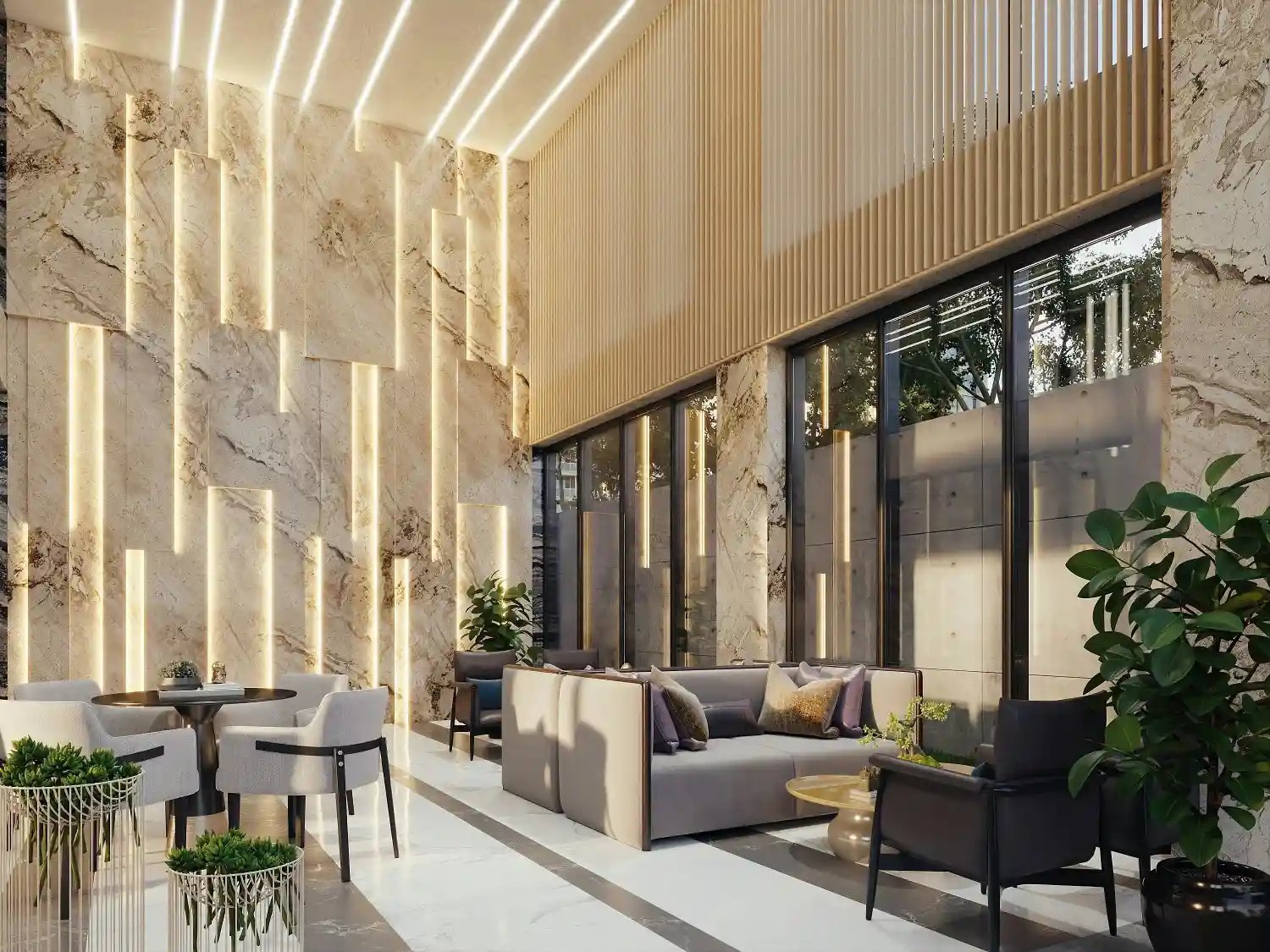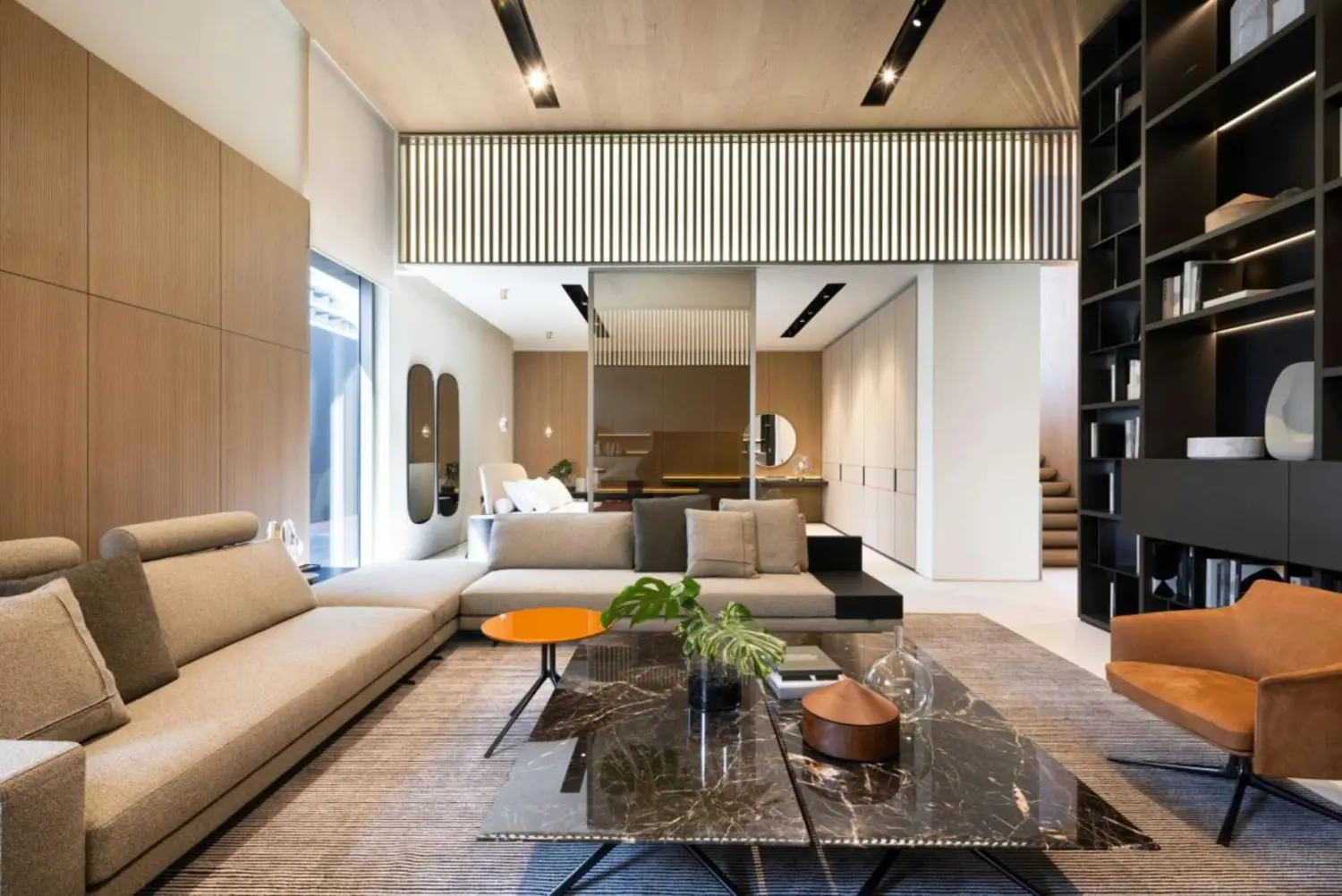Creating a space that sells takes more than great products. The right shop interior design builds trust, influences emotions, and turns casual visitors into loyal customers. In this guide, Ark & Mason shares proven retail design ideas that help stores attract attention, improve flow, and grow sales across any product category.
Highlights
- Smart layouts guide customers toward more purchases.
- Lighting and displays can increase dwell time and conversions.
- Sensory design builds emotional connections that keep people coming back.
Why Shop Interior Design Influences Customer Buying Decisions
People rarely buy from a place that feels uninviting. A thoughtfully planned store design taps into psychology, it shapes how people feel, move, and decide.
First impressions matter more than signage or ads. When shoppers step inside, the colors, lighting, and layout silently communicate your brand’s personality. A welcoming space tells them you care about quality and detail.
Comfort also plays a big part. A calm, organized layout helps customers feel at ease, reducing pressure and encouraging exploration. When the environment feels good, decision-making becomes effortless. Academic studies consistently show that improving store atmospherics, including layout, lighting, and scent, encourages shoppers to spend more time browsing and increases their intention to buy.
Research shows that color alone can shape how people judge a space, influencing up to 60 to 90% of a person’s first impression within just 90 seconds. Color and scent add emotional depth. Warm tones can create excitement, while soft neutrals signal calm sophistication. Scents, like fresh linen or subtle citrus, trigger positive memories and influence buying mood.
Music tempo ties it all together. Slower rhythms invite browsing, while upbeat playlists energize shoppers during sales seasons. The best shop interior design finds that balance between relaxation and energy to shape behavior naturally. Classic field studies showed that slower background music led to 38% higher grocery sales compared to faster tracks. More recent research also finds that changing tempo can influence how long shoppers stay and how many products they explore.
See more: 10 Best Residential Interior Design Ideas for Stylish Homes
10 Shop Interior Design Ideas That Drive More Sales
Every shop tells a story through its layout, lighting, and atmosphere. We’ve gathered ten shop interior design ideas that blend creativity with strategy to help retailers attract attention, guide movement, and inspire more purchases. Each one focuses on how design decisions directly influence buying behavior.
1. Create a Strong Brand Identity Through Design
Every design choice tells your brand story. Walls, materials, and fixtures should echo your values and tone, wood for authenticity, metal for modernity, glass for openness.

Add storytelling zones through subtle wall graphics or framed statements about your brand journey. These quiet touches build recognition and trust without feeling forced.
2. Design an Engaging Entrance and Window Display
Your storefront is the ‘hook’. A striking window display stops passersby and draws them in. Use lighting contrast, layered arrangements, and texture to spark curiosity.
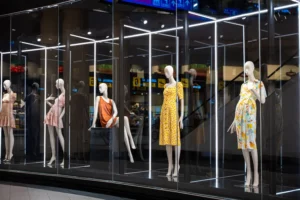
Keep the entry zone uncluttered. It gives shoppers a moment to adjust their focus before stepping into the experience. Refresh your display seasonally so your store always feels alive.
3. Optimize Layout and Customer Flow
A smart layout increases visibility and reduces friction. The loop or racetrack layout guides customers through a full circuit, maximizing exposure to key items.
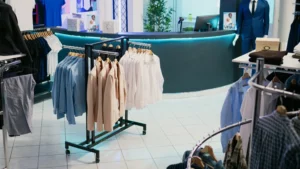
Smaller shops may favor grid layouts for efficiency, while boutiques thrive with free-flow plans. Use traffic heatmaps or even simple observation to spot bottlenecks and adjust.
4. Use Lighting as a Sales Tool
Lighting shapes both mood and focus. Ambient lights create the base tone, accent lights highlight products, and task lighting supports functional zones.
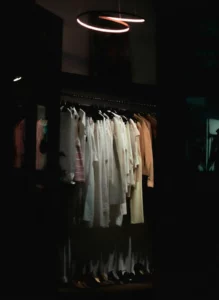
A common trick is to make the display area slightly brighter than surrounding zones, it draws eyes instantly. Think of it as visual storytelling through contrast.
5. Define Focal Points and Feature Displays
Every great store has a ‘hero’ area, a place that catches the eye from the entrance. It might be a bold display table, a featured wall, or a striking color block.
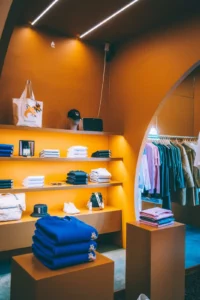
Rotate these focal points often. This keeps regular visitors interested and encourages repeat exploration. Nike’s flagship stores use rotating themes to keep their interiors feeling fresh without major redesigns.
6. Balance Display Density and Open Space
Too many products overwhelm; too few feel empty. The goal is breathing room. Keep sightlines open so customers can see across the store.
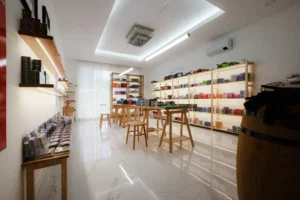
Slimmer fixtures or wall-mounted shelving free up floor space. Leaving ‘negative space’ around key items adds focus and sophistication, high-end brands rely on this tactic to elevate perceived value.
7. Integrate Technology and Interactive Elements
Digital elements can make the in-store experience memorable. Screens showcasing brand videos or product tutorials draw interest. QR codes let shoppers explore variations or reviews instantly.
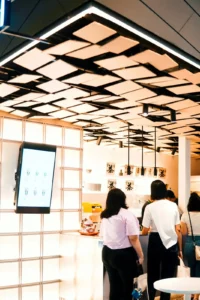
Augmented reality displays, like virtual try-ons, create engagement that online stores can’t match. Tech should complement the design, not dominate it, used right, it adds value and fun.
8. Add Sensory and Experiential Design Layers
Retail today is about feeling, not just seeing. Add tactile materials like linen, stone, or leather to create texture and warmth. A subtle scent can become your signature, like Starbucks’ aroma of roasted coffee.
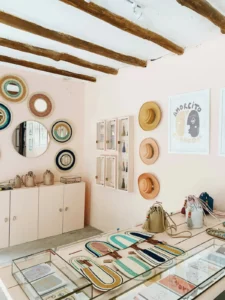
Music and touchpoints matter too. A small lounge corner, sample area, or selfie wall transforms casual visits into shared experiences that spread on social media.
9. Turn the Checkout into a Revenue Zone
Checkout isn’t just the end, it’s another sales opportunity. Place small, impulse-friendly items nearby: accessories, travel-size goods, or gift cards.
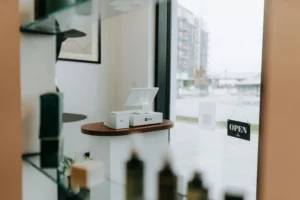
Design the counter to reflect your brand’s tone. A clean, well-lit space leaves customers with a positive final impression. Even a small display of ‘staff picks’ can spark last-minute purchases.
10. Build Flexibility Into Your Shop Design
Retail trends shift fast. Modular fixtures, rolling tables, and magnetic signage help stores adjust layouts in hours instead of days.

Keeping some zones open for pop-ups or limited promotions encourages repeat visits. The best shop interior design adapts easily without needing full renovations each season.
Watch more: Top 10 Construction Management Firms in Canada Leading Major Projects
How to Choose the Right Shop Interior Design Approach for Your Business
Start by defining your goal, whether you want to increase dwell time, highlight premium products, or attract a new audience. Each goal changes how space should function.
Budget decisions should align with potential returns. A simple lighting upgrade might deliver higher conversions than a full flooring replacement. Treat design as an investment that generates measurable outcomes, not an expense.
Match the design to your customers’ habits. A boutique serving young, creative buyers may use bold colors and statement displays, while a luxury retailer might favor minimalist layouts and muted tones.
Data helps shape better choices. Review sales reports and customer feedback to see what works. The best designs evolve from real behavior, not assumptions.
Ark & Mason: Designing Shops That Customers Want to Stay In
As a Vancouver-based firm, Ark & Mason specializes in commercial interiors that merge beauty and practicality. Our work covers everything from custom millwork and lighting planning to detailed construction management for retail spaces.
Each project starts with understanding how people move, browse, and decide. We blend creative design with technical precision to build spaces that work as hard as they look.
Ark & Mason’s retail projects often integrate branded display systems and tailored finishes that align perfectly with each client’s story. Our approach simplifies the renovation journey, from design sketches to opening day, through a structured three-step process: consultation, interior design, and construction management. This seamless commercial interior design process ensures every space not only reflects the brand but also performs efficiently in day-to-day operations.
Businesses trust us because we don’t just design stores; we build experiences that translate directly into measurable sales results. To learn more about our commercial and interior design services, visit Ark & Mason’s main page.
FAQs: Shop Interior Design
1. How much does a shop interior design project usually cost?
Costs depend on size, materials, and scope. Small boutiques often spend less than large-format retailers, but even modest updates like lighting or layout changes can improve performance.
2. How often should a shop redesign or refresh its layout?
Minor visual updates every few months keep spaces fresh. A full renovation every 5–7 years maintains brand relevance and functionality.
3. Which shop layout style works best for small boutiques?
Free-flow layouts usually suit boutiques, as they feel relaxed and allow flexible product storytelling.
4. What mistakes reduce sales in shop interior design?
Cluttered aisles, poor lighting, and inconsistent branding create confusion. Shoppers lose focus when design feels mismatched or overwhelming.
5. Can technology really increase sales in physical shops?
Yes. Digital displays, AR mirrors, and QR-enabled product tags improve engagement and shorten decision time, often lifting sales by 10–30%.
Conclusion
Great retail isn’t only about what you sell, it’s about how you make people feel while they shop. Smart shop interior design builds comfort, trust, and desire, turning spaces into experiences that customers return to.
When design speaks the same language as your brand, sales follow naturally. To bring that vision to life, partner with experts who understand both creativity and construction. Contact us page to start designing a shop that attracts, engages, and keeps customers coming back.


